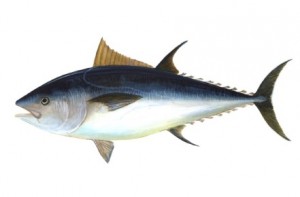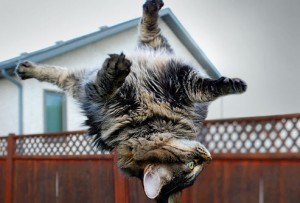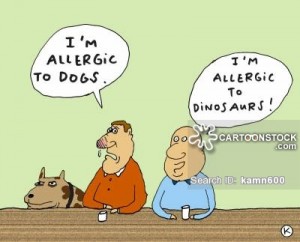If there is one relationship with animals I have always loved, it is that between man and falcon. The relationship is very stoic compared to some; one in which the man responsible for the falcon simply releases the bird and watches it soar around before ultimately laying waste to a small animal or bird. This is exactly what a falcon would do normally, just in this case it is brought to the hunting ground by a human being, follows some of his calls, and does not reap the full benefits of its kill.
The video I watched was exactly this relationship on screen. Several men go to a large field, one walks out with a falcon, removes its head cover and simply watches it do its thing. The camera man shows the hunter fitting himself with a orange hunting coat, an action which screams “things are getting serious.” The video is embellished by a very loud, intense choice of music. The camera angles and movements are also very dramatic, choosing to highlight scenes with lots of action and employ slow, daunting pans when there isn’t too much going on. There is this overwhelming sense of preparation for a big event, almost comically so, as we get ready to watch this beautiful bird go out and kill something. Low angles on the male hunter give him a sense of power and purpose in the shot, preparing us for this massive hunting escapade. And then, all at once, he releases the bird, and further the actions of the man are dramatized, switching between close ups on his face and wide shots of him moving around the ground and peering into the sky, watching his beautiful bird begin the hunt.
What’s funny to me about this video is that there is so much focus on the hunter, it’s easy to forget that the bird is doing literally all the hunting. Sure, there is some training that can be applied to a bird to make it do your bidding, and there are plenty of videos all over YouTube on the art of falconry (which are awesome and I recommend looking into them), but ultimately the experience that the hunter is getting from watching the bird hunt is a similar sort of voyeurism that Malamud talks about in his analysis of zoo spectatorship. To be so close to this magnificent bird while it hunts is simply to live vicariously through its actions, not to have any actual ownership of the kill. And I will admit, even though I understand that the fun comes in being so close and yet so far from death, I still enjoy the hell out of it. Watching a bird hunt is one of the most gorgeous and terrifying things I’ve ever seen. You can watch the falcon lock on to its target a little later on in the video, swooping in at a dazzling speed to overwhelm the helpless duck from above and send it sprawling to the earth. The raptor then swoops down to the site of the wounded duck and literally squeezes the life out of it with its razor sharp talons in an emphatic yet calm way. The duck’s death is cold and remorseless – just another bird broken by the hunting dominance of the peregrine falcon.
I’m being pretty bold in calling one’s observation of the hunt voyeuristic, especially given that Malamud himself is talking about more of a sick, masturbatory pleasure from watching animals do things in confined spaces. But I believe that in videos such as this in which a bird is being used for both intrinsic and instrumental purposes, there is a certain form of arousal, one that comes from witnessing a murder of some sort. We call a human killing a human murder, and we call a falcon killing a duck “awesome.” Is it so ridiculous to think that there is a vicarious pleasure to be had from watching a bird commit a crime against another bird that we could never commit against another human? I think videos like this are posted to satisfy the guilty pleasures of those who want to observe death from a comfortable distance, watching the subservient bird do the deadliest deed with no regrets. The falcon is an ice cold killer, and maybe that’s exactly what the hunter and the viewer wishes he could be for those four minutes.






Recent Comments